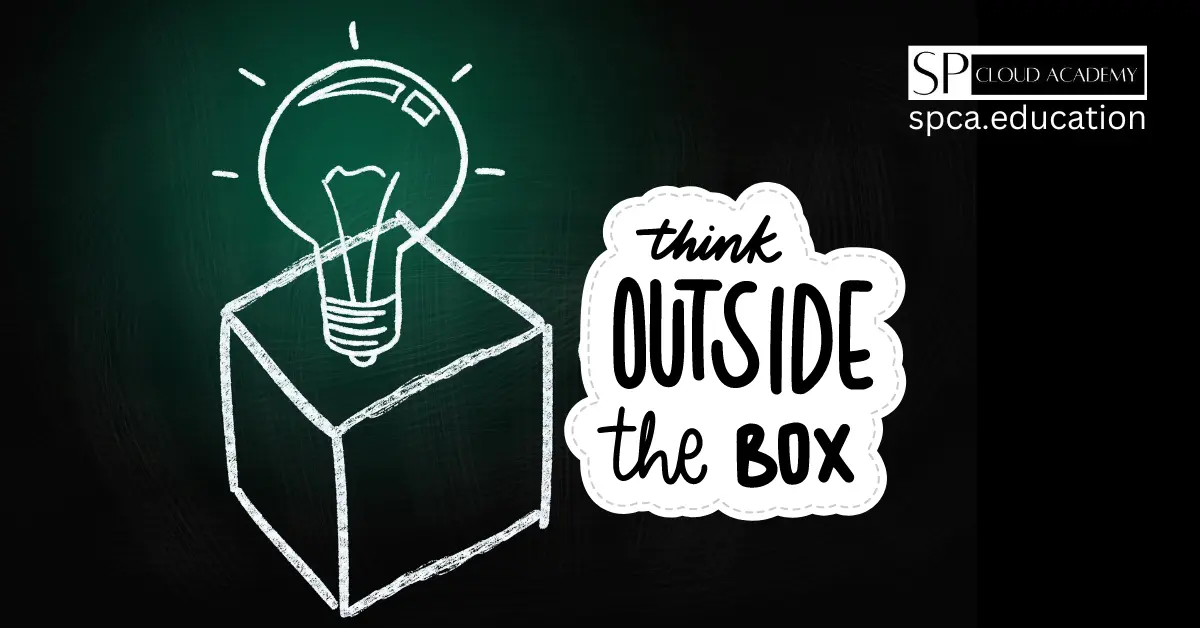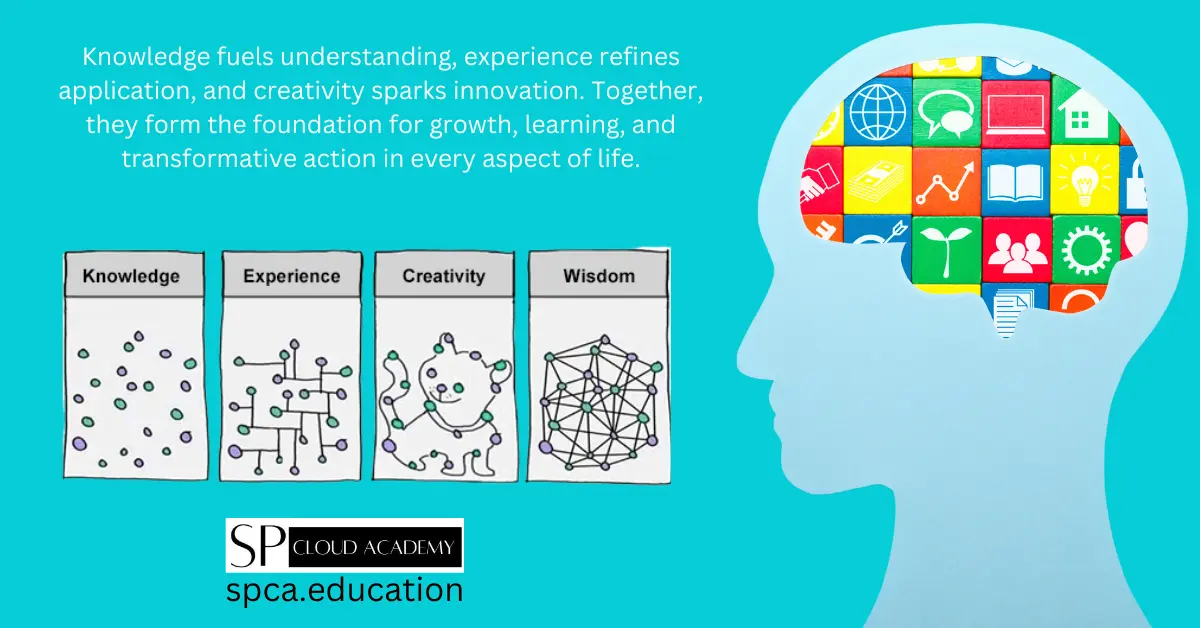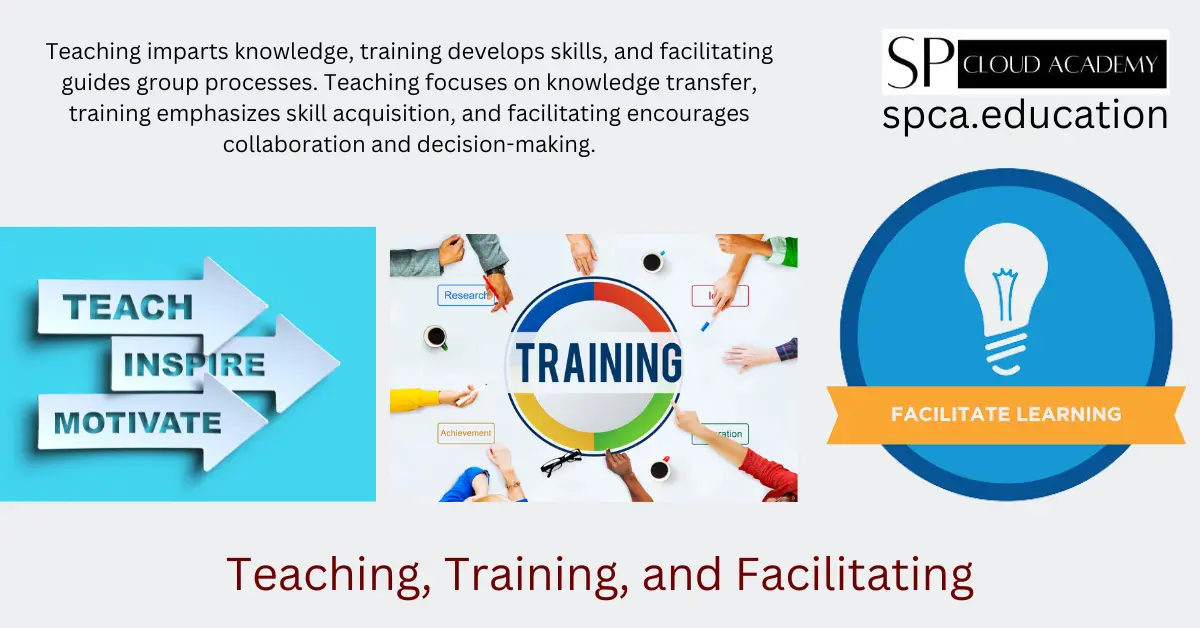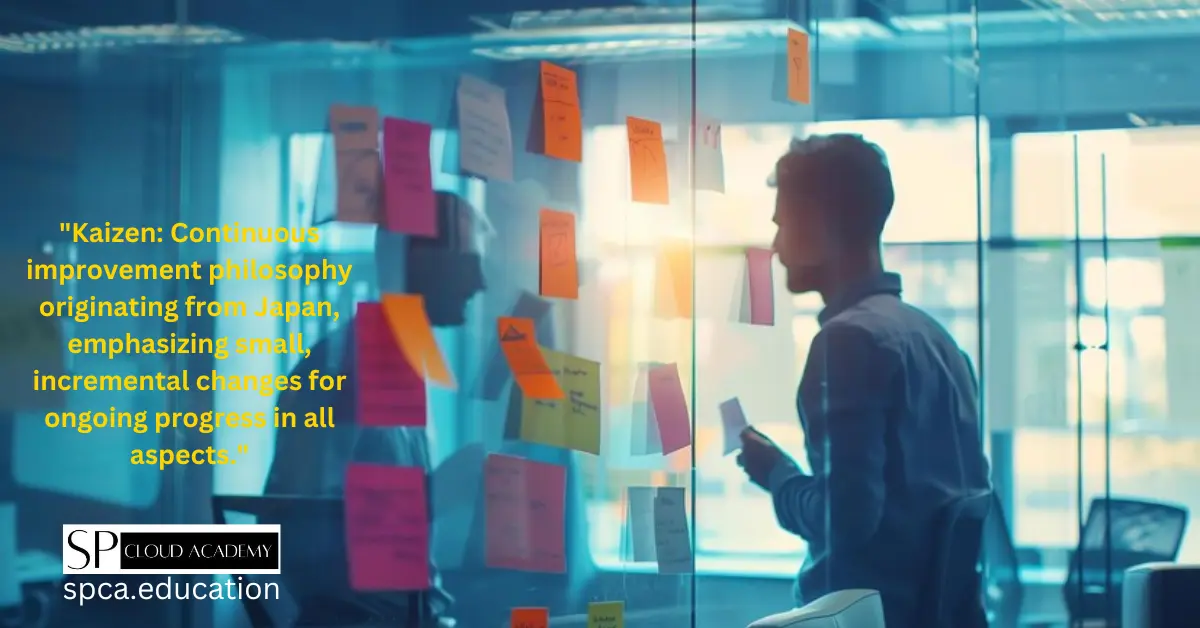Thinking outside the box is an expression often used to describe a mindset that goes beyond conventional or traditional thinking. It is about breaking free from the limitations of established norms and exploring new possibilities and innovative solutions. When you think outside the box, you challenge assumptions, question the status quo, and embrace creativity and originality.
Thinking outside the box requires you to step out of your comfort zone and approach problems or situations with an open mind. It means letting go of preconceived notions and being willing to consider unconventional ideas. By thinking outside the box, you can uncover new insights and perspectives that can lead to breakthroughs and transformative change.
The importance of thinking outside the box
Thinking outside the box is essential in today’s rapidly changing and competitive world. In a world where innovation and adaptability are highly valued, the ability to think creatively and come up with fresh ideas is crucial for success. By thinking outside the box, you can differentiate yourself from the crowd and bring a unique perspective to any situation.
Moreover, thinking outside the box allows you to see opportunities where others see obstacles. It helps you identify hidden connections, patterns, and solutions that may not be immediately apparent. By embracing a mindset of thinking outside the box, you can unlock your full potential and tap into a wellspring of creativity and innovation.
Benefits of thinking outside the box
The benefits of thinking outside the box are numerous and far-reaching. Firstly, it stimulates innovation and creativity. By questioning conventional wisdom and exploring alternative ideas, you can come up with groundbreaking solutions that can revolutionize industries and change the world.
Secondly, thinking outside the box enhances problem-solving skills. By approaching problems from different angles and considering unconventional solutions, you can find unique and effective ways to overcome challenges. It allows you to break free from the constraints of traditional thinking and discover innovative approaches to complex problems.
Lastly, thinking outside the box fosters personal and professional growth. It encourages continuous learning and pushes you to expand your horizons. By challenging yourself to think differently, you develop a growth mindset that enables you to adapt to new situations and embrace change with confidence.
Examples of thinking outside the box in different industries
Thinking outside the box has been a driving force behind many groundbreaking innovations in various industries. Take the tech industry, for example. Companies like Apple and Tesla have revolutionized their respective fields by thinking differently and challenging industry norms. Apple’s introduction of the iPhone, which combined a phone, music player, and internet browsing device, was a game-changer that disrupted the mobile industry. Tesla’s electric cars and their network of charging stations have transformed the automotive industry and paved the way for a sustainable future.
In the entertainment industry, think of Netflix. By recognizing the shift in consumer behavior towards online streaming, they disrupted the traditional model of movie rentals and cable television. Netflix’s innovative approach of providing a vast library of content at affordable prices through a subscription-based model has revolutionized the way we consume entertainment.
These examples illustrate how thinking outside the box can lead to groundbreaking ideas and reshape entire industries. By challenging the status quo and embracing unconventional thinking, you have the potential to make a significant impact in your own field.
Techniques to foster creative thinking
While some individuals may naturally possess a knack for thinking outside the box, creative thinking is a skill that can be cultivated and developed. Here are some techniques to foster your creative thinking:
- Divergent thinking: This technique involves generating multiple ideas or solutions to a problem. It encourages you to think broadly and explore different possibilities without judgment or evaluation. By allowing your mind to wander and embracing a non-linear thought process, you can uncover unique and innovative ideas.
- Brainstorming: Brainstorming is a popular technique that involves generating ideas in a group setting. It encourages collaboration and allows participants to build upon each other’s ideas. By creating a safe and non-judgmental environment, brainstorming enables the free flow of ideas and stimulates creative thinking.
- Mind mapping: Mind mapping is a visual technique that helps organize and connect ideas. Start by writing down a central idea or problem in the center of a blank page, then branch out with related ideas and subtopics. Mind mapping allows you to see connections and relationships between ideas, stimulating creative thinking and generating new insights.
Overcoming obstacles to thinking outside the box
While thinking outside the box offers numerous benefits, it is not without its challenges. Here are some common obstacles you may encounter and ways to overcome them:
- Fear of failure: The fear of failure can paralyze creativity and prevent you from taking risks. To overcome this fear, embrace a growth mindset and see failure as an opportunity for learning and growth. Remember that failure is a natural part of the creative process and is often a stepping stone towards success.
- Resistance to change: People are naturally resistant to change and may be hesitant to embrace new ideas or approaches. To overcome resistance to thinking outside the box, communicate the benefits and potential impact of your ideas. Build a compelling case and involve others in the process to gain buy-in and support.
- Lack of inspiration: Sometimes, creative thinking can be hindered by a lack of inspiration or a mental block. To overcome this, expose yourself to new experiences, seek out diverse perspectives, and engage in activities that stimulate your creativity. Surround yourself with people who inspire you and create an environment conducive to creative thinking.
How to apply thinking outside the box in your personal and professional life
Thinking outside the box is not limited to a specific context; it can be applied to both your personal and professional life. Here are some ways to incorporate thinking outside the box into your daily routine:
- Challenge assumptions: Question the assumptions and beliefs that govern your thinking. Don’t accept things at face value; instead, explore different perspectives and challenge established norms.
- Seek diverse perspectives: Surround yourself with people from different backgrounds and with different viewpoints. Engage in conversations and debates that challenge your thinking and broaden your horizons.
- Embrace failure: Embrace failure as a learning opportunity and a stepping stone towards success. Don’t be afraid to take risks and try new things, even if they don’t work out as planned. Learn from your failures and use them to fuel your creative thinking.
Thinking outside the box in problem-solving and decision-making
Thinking outside the box is particularly valuable in problem-solving and decision-making. When faced with a challenge or decision, consider the following steps to encourage creative thinking:
- Define the problem: Clearly define the problem or decision you need to make. Break it down into smaller, more manageable parts to gain a deeper understanding.
- Challenge assumptions: Question the assumptions and constraints that define the problem. Consider alternative perspectives and possibilities that may lead to innovative solutions.
- Generate ideas: Use techniques like brainstorming and mind mapping to generate a wide range of ideas and potential solutions. Encourage creativity and welcome all ideas without judgment or evaluation.
- Evaluate and refine: Once you have a list of ideas, evaluate them based on feasibility, impact, and alignment with your goals. Refine and narrow down the options, keeping the most promising ones for further exploration.
- Take action: Implement the chosen solution and monitor its progress. Be open to feedback and adjust your approach as necessary.
By applying thinking outside the box to problem-solving and decision-making, you can unlock innovative solutions and make more informed choices.
Developing a mindset for thinking outside the box
Developing a mindset for thinking outside the box requires practice and persistence. Here are some strategies to cultivate a mindset that embraces creativity and innovation:
- Embrace curiosity: Cultivate a sense of curiosity and wonder about the world around you. Ask questions, explore new ideas, and seek out opportunities for learning and growth.
- Embrace diversity: Surround yourself with diverse perspectives and experiences. Engage with people from different backgrounds and disciplines to gain new insights and challenge your thinking.
- Embrace discomfort: Step out of your comfort zone and embrace discomfort. Growth and creativity often arise from situations that push you beyond your limits.
- Embrace failure: Embrace failure as a natural part of the learning process. Learn from your mistakes and use them as stepping stones towards success.
- Embrace continuous learning: Cultivate a mindset of continuous learning and improvement. Stay curious, seek out new knowledge, and challenge yourself to expand your horizons.
By embracing these strategies, you can develop a mindset that empowers you to think outside the box and unlock limitless potential.
Conclusion: Embrace the power of thinking outside the box
Thinking outside the box is not just a buzzword; it is a powerful mindset that can unlock limitless potential. By challenging assumptions, embracing creativity, and exploring new possibilities, you can tap into a wellspring of innovation and transform your personal and professional life.
To master the art of thinking outside the box, remember to embrace curiosity, surround yourself with diverse perspectives, and be willing to take risks. Overcome obstacles such as fear of failure and resistance to change, and develop a growth mindset that embraces continuous learning and improvement.
So, don’t be afraid to break free from conventional thinking and explore new horizons. Embrace the power of thinking outside the box and unlock your full potential. The possibilities are endless.
See Also
-

Unlocking Limitless Potential: How to Master the Art of Thinking Outside the Box
-

Unleashing the Power of Knowledge, Experience, and Creativity: A Winning Trio for Success
-

Unlocking the Power of Education: A Comparative Study on Teaching, Training, and Facilitating
-

Unlocking the Power of Kaizen: How Continuous Improvement Can Revolutionize Your Business
-

Mastering the Art of File Management: A Comprehensive Guide to Opening, Docketing, and Indexing
-

Mastering the Art of Effective Communication: Presentation Techniques and Public Speaking Skills